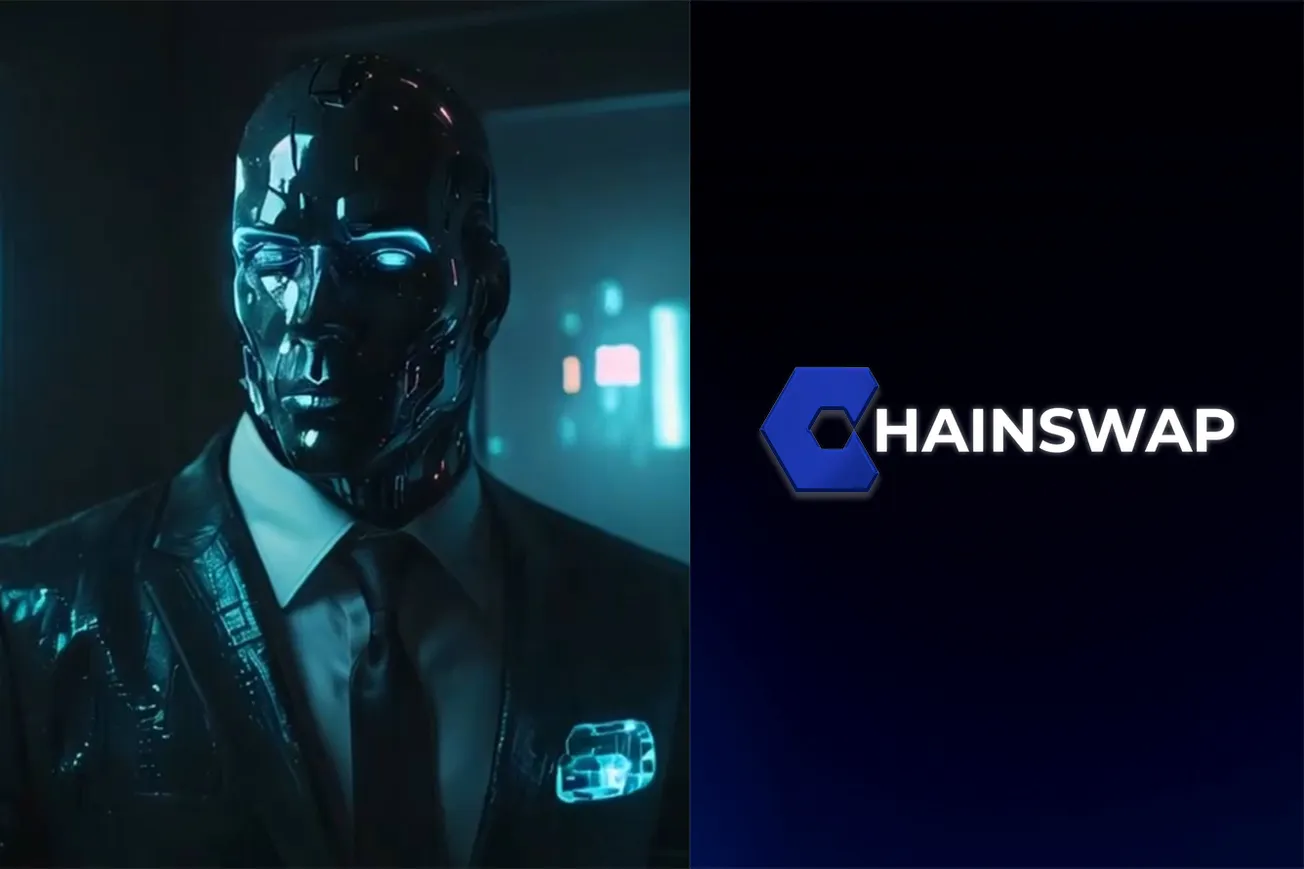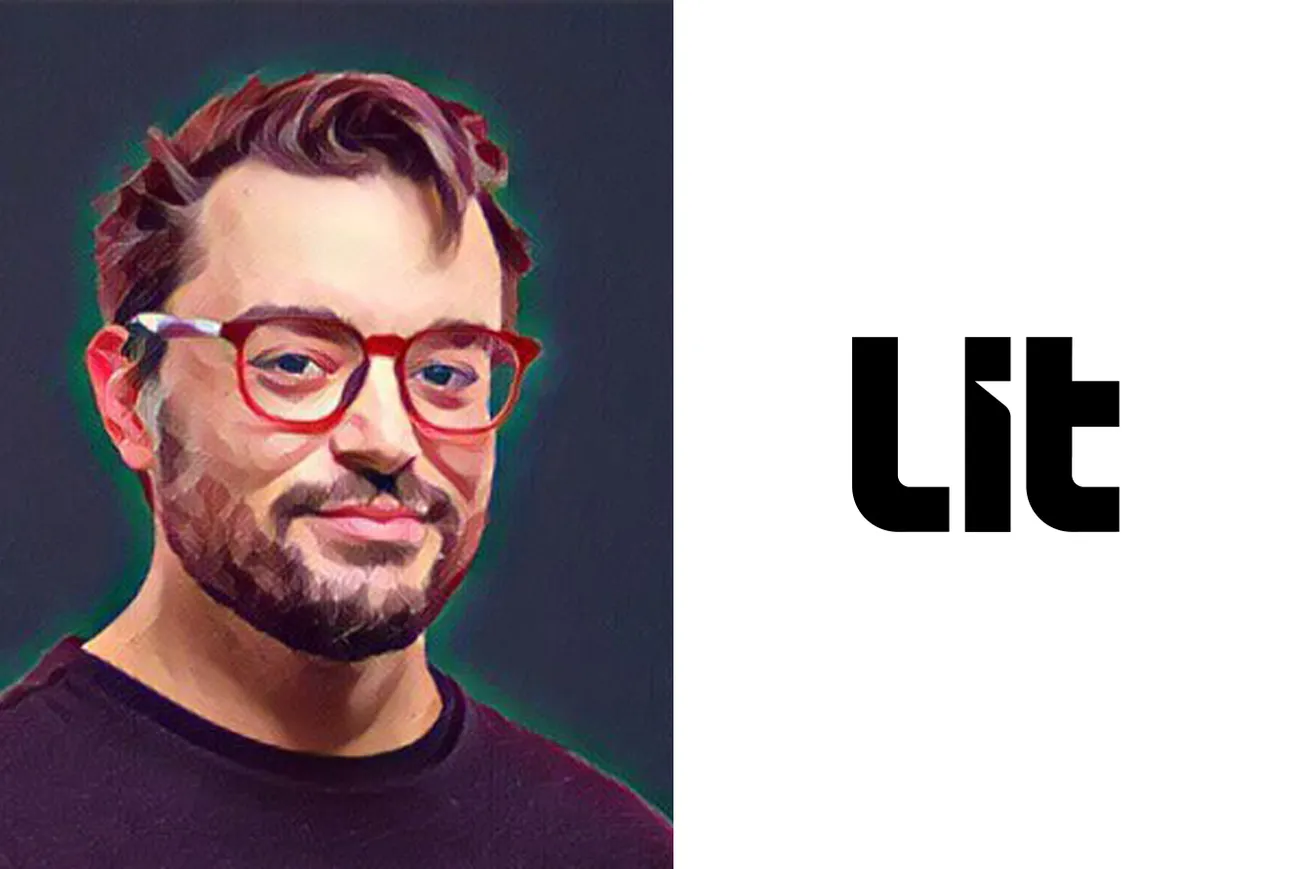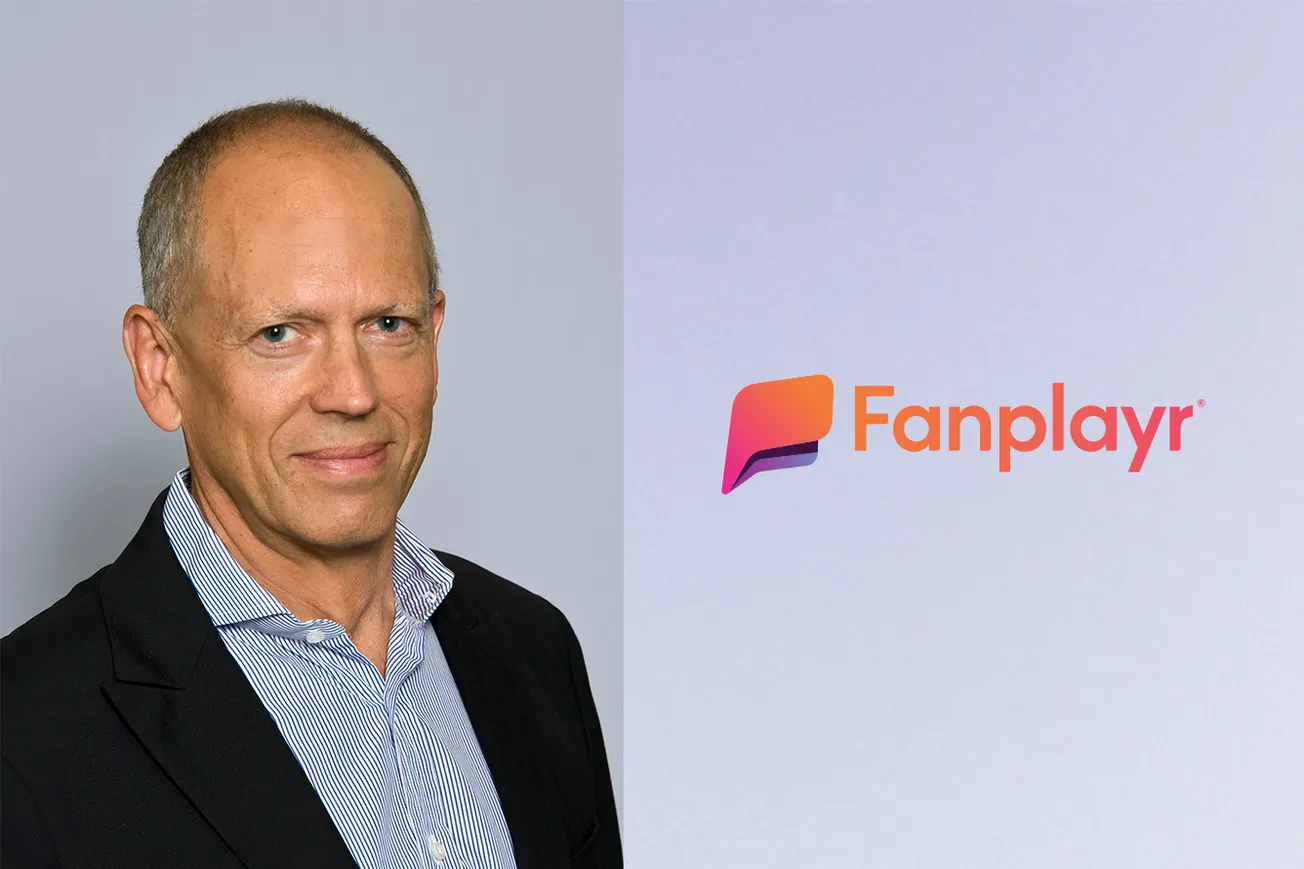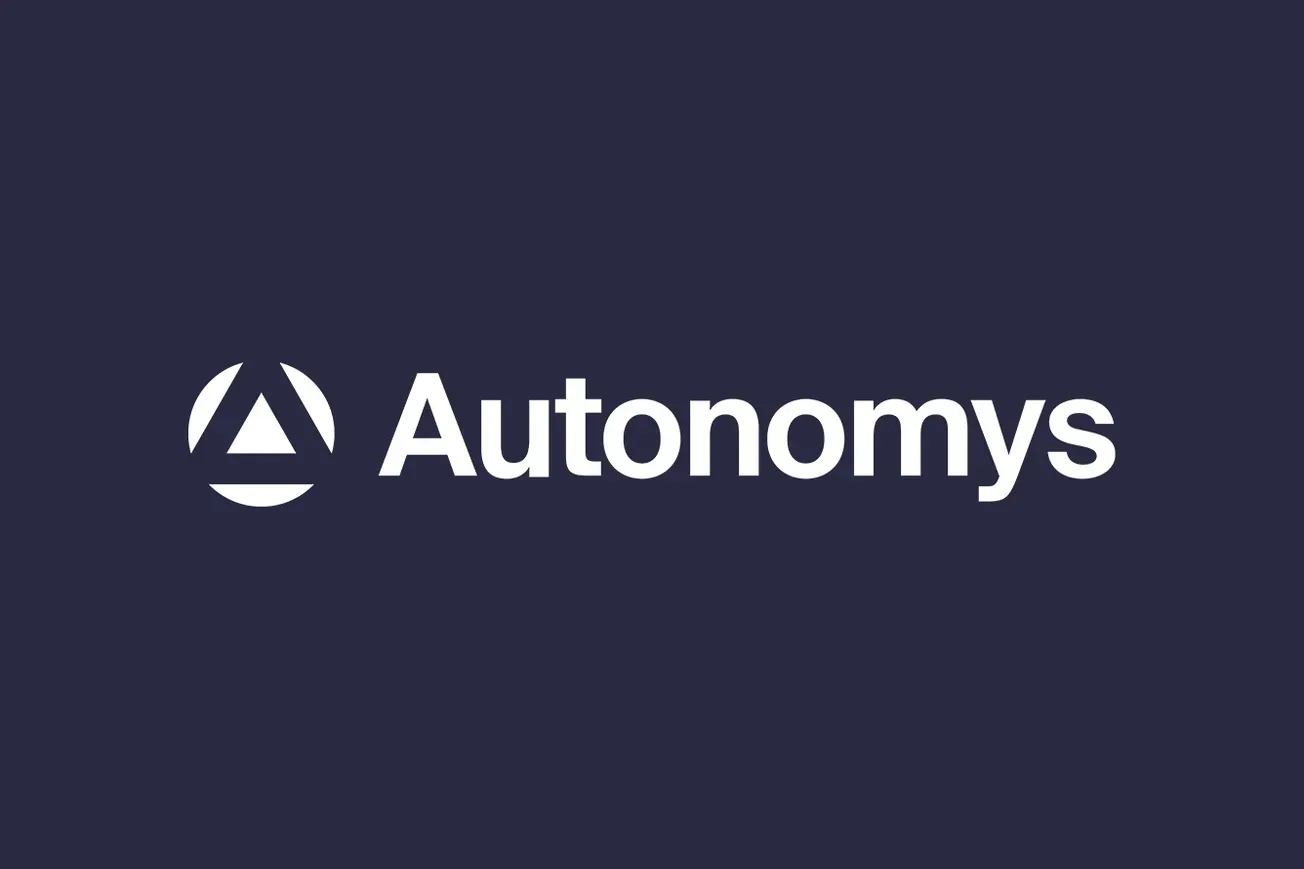Table of Contents
At The Founder, we had the opportunity to sit down with Ben James, the Co-Founder of 404, a pioneering platform that is democratizing 3D content creation. 404 empowers creators to build virtual worlds, games, and AR/VR/XR experiences effortlessly using open-source AI models like Gaussian Splatting and Neural Radiance Fields. With a background in architecture and business, Ben James is at the forefront of bridging creativity and technology. In this interview, he shares insights into 404’s vision, the future of AI-powered 3D design, and the evolving creator economy.
Can you share a bit about your journey? What inspired you to venture into 3D content creation and Web3?
- My journey into 3D content creation and Web3 began with a deep interest in how emerging technologies could reshape the creative process. As a self-taught coder working at the intersection of design and technology, I was frustrated by how little innovation was being integrated into traditional design workflows. I started experimenting with augmented reality and machine vision, building immersive art and architecture experiences for galleries and museums. This led me to explore AI as a generative tool for design, particularly in solving a common creative challenge—having hundreds of ideas but only enough time to prototype a few. AI’s ability to explore multiple creative pathways felt like a breakthrough in scaling the design process.
- What drew me to Web3 was the synergy between verifiable on-chain ownership, authenticity, and AI, particularly how decentralization could unlock new possibilities for AI-driven creativity. While developing AI for design, I saw firsthand how 3D generative AI was still in its infancy, yet its potential was enormous—especially in gaming and virtual world-building. After receiving EU funding to develop "trustworthy AI" innovations, I founded my company to push these ideas further. What excites me most is AI’s non-deterministic nature—it doesn’t just automate tasks, but finds creative connections in ways that traditional tools never could, making it a powerful collaborator rather than just another design instrument.
With backgrounds in architecture and business, how have these disciplines influenced your approach to innovation at 404?
- My background in architecture and business has shaped the way I approach innovation at 404 in both direct and unexpected ways. Studying architecture at the Angewandte under Greg Lynn meant focusing on formal and spatial design rather than the technical constraints of real-world construction. This is directly relevant to 404, where our AI-generated 3D assets and virtual worlds must navigate similar constraints—balancing creative vision with structural logic. Similarly, my business education has been instrumental in executing product-market fit and go-to-market strategies, ensuring that our technology isn’t just groundbreaking but also accessible and valuable to creators.
- However, what truly makes 404 unique are the unexpected overlaps between these two disciplines. Both architecture and business require working within fixed and flexible parameters, making trade-offs, and pushing for the best possible solution—not just the easiest one. Whether designing a building or a company, you have to fight for an outcome that is both innovative and functional. That mindset has driven 404’s development, ensuring we’re not just building better tools, but rethinking the entire creative process for the next generation of content creators.
404 is making 3D creation accessible to everyone. What gap in the market did you identify that led to its inception?
- 3D content creation has traditionally been slow, expensive, and highly technical—locked behind software that requires years of expertise or significant financial investment. Game developers, designers, and content creators often struggle to keep up with the growing demand for high-quality assets, while emerging platforms in AR, VR, and immersive media need scalable solutions that don’t rely on manually-built libraries.
- We created 404 to eliminate these bottlenecks. Instead of spending weeks modeling an object, users can now generate high-quality 3D assets in real time—instantly bringing their ideas to life. Our goal is to make 3D creation as effortless as generating an image or a video, allowing more people to participate in building the next wave of interactive experiences.
Your platform integrates AI models like Gaussian Splatting and Neural Radiance Fields. How do these technologies simplify 3D content generation for users?
- Traditionally, creating 3D assets requires manual sculpting, texturing, and rigging, often taking days or weeks per model. The AI-powered models we integrate automate this process, allowing users to generate complex, high-quality assets instantly—without needing technical expertise.
- Instead of starting from scratch, users can simply describe what they want, and the system produces it in seconds. These AI-driven techniques also adapt and improve over time, ensuring that the quality of assets continues to evolve. The result? Faster production cycles, lower costs, and unprecedented creative freedom.
You’re on track to building the world’s largest 3D dataset with 20M+ assets. How do you see this shaping the future of digital content creation?
- We’re entering a world where AI-generated content isn’t just supplemental—it’s foundational. By creating the largest open-source 3D dataset, we’re not only fueling today’s game developers and virtual world builders but also powering the next wave of AI advancements.
- Think about how text-to-image models revolutionized digital art—now apply that to 3D. Our dataset will provide a training ground for future AI models, leading to smarter, more intuitive generative systems that can craft entire interactive worlds on demand. This isn’t just about assets; it’s about building the infrastructure for an AI-native digital universe.
Accessibility is a key feature of 404, with free tools like a Blender plugin and a Discord bot. How do you envision these tools empowering creators?
- Our mission is simple: anyone should be able to create in 3D—instantly. That’s why we’ve built free, easy-to-use tools that integrate directly into the platforms creators already use, whether it’s Blender, Discord, or API calls for game engines.
- For indie developers, this means no more spending thousands on asset packs or hiring 3D modelers—they can generate what they need on the fly. For artists, it means focusing on creativity rather than technical limitations. By removing barriers, we’re giving creators the power to experiment, iterate, and bring ideas to life faster than ever before.
404 operates as Bittensor Subnet 17. How does decentralization enhance the scalability and usability of your platform?
- Centralized AI models often hit bottlenecks—whether it’s restricted access, lack of incentives, or limitations on computing power. By operating within Bittensor’s decentralized AI network, we ensure that our platform scales organically, improving as more contributors join.This system incentivizes innovation—miners are rewarded for improving the models, meaning that our AI is constantly evolving based on real-world demand. It also removes reliance on a single entity, ensuring that creators have open, unrestricted access to cutting-edge 3D tools, rather than being locked into proprietary ecosystems.
AI-generated assets are transforming industries from gaming to architecture. Where do you see the biggest impact of this technology in the next five years?
- The biggest impact will be in real-time, AI-native worldbuilding. Today, developers build digital experiences asset by asset—but AI will allow entire interactive environments to be generated dynamically.Imagine gaming worlds that evolve based on player choices, virtual cities that adapt to real-world data, or AI-powered simulations for training, design, and digital twins. AI-generated 3D will replace static, pre-built assets with living, responsive environments, unlocking new levels of immersion across gaming, film, retail, and beyond.
Beyond 404, what are some macro trends in AI, such as DeepSeek and Stargate, that you believe will redefine the creator economy?
- We’re moving toward an era of AI-driven creativity, where AI isn’t just assisting—it’s collaborating. Models like DeepSeek and Stargate are pushing boundaries in multi-modal AI, meaning that soon, text, images, 3D, and even video can be generated and linked together seamlessly.
- For the creator economy, this means a shift from manual content creation to real-time, AI-enhanced production. The same way TikTok and YouTube democratized video, AI will democratize entire digital experiences—allowing creators to instantly generate worlds, characters, and stories at a level of sophistication that once required entire studios. We’re at the start of something exponentially bigger than just 3D assets—it’s the evolution of how we create and experience digital reality itself.
What advice would you give to aspiring creators and entrepreneurs looking to explore the intersection of AI, Web3, and digital content creation?
- For aspiring creators and entrepreneurs exploring AI, Web3, and digital content creation, my biggest advice is to move fast, build in public, and embrace iteration. This space evolves rapidly, and at times, it feels like building a car while driving on the highway—things will break, but success comes from how well you adapt and execute. Don’t wait for perfect conditions—ship your ideas, gather feedback, and refine as you go. Web3 and AI thrive on community-driven innovation, and the best ideas emerge from open collaboration. Those who take risks, iterate quickly, and learn from failure will be the ones shaping the future.
Ben James and 404 are redefining the way we create and interact with 3D content. By leveraging AI and decentralization, they’re making it easier than ever for creators to bring their visions to life. As technology continues to evolve, platforms like 404 will play a crucial role in shaping the digital experiences of the future. Stay tuned for more insights from industry leaders here at The Founder.








